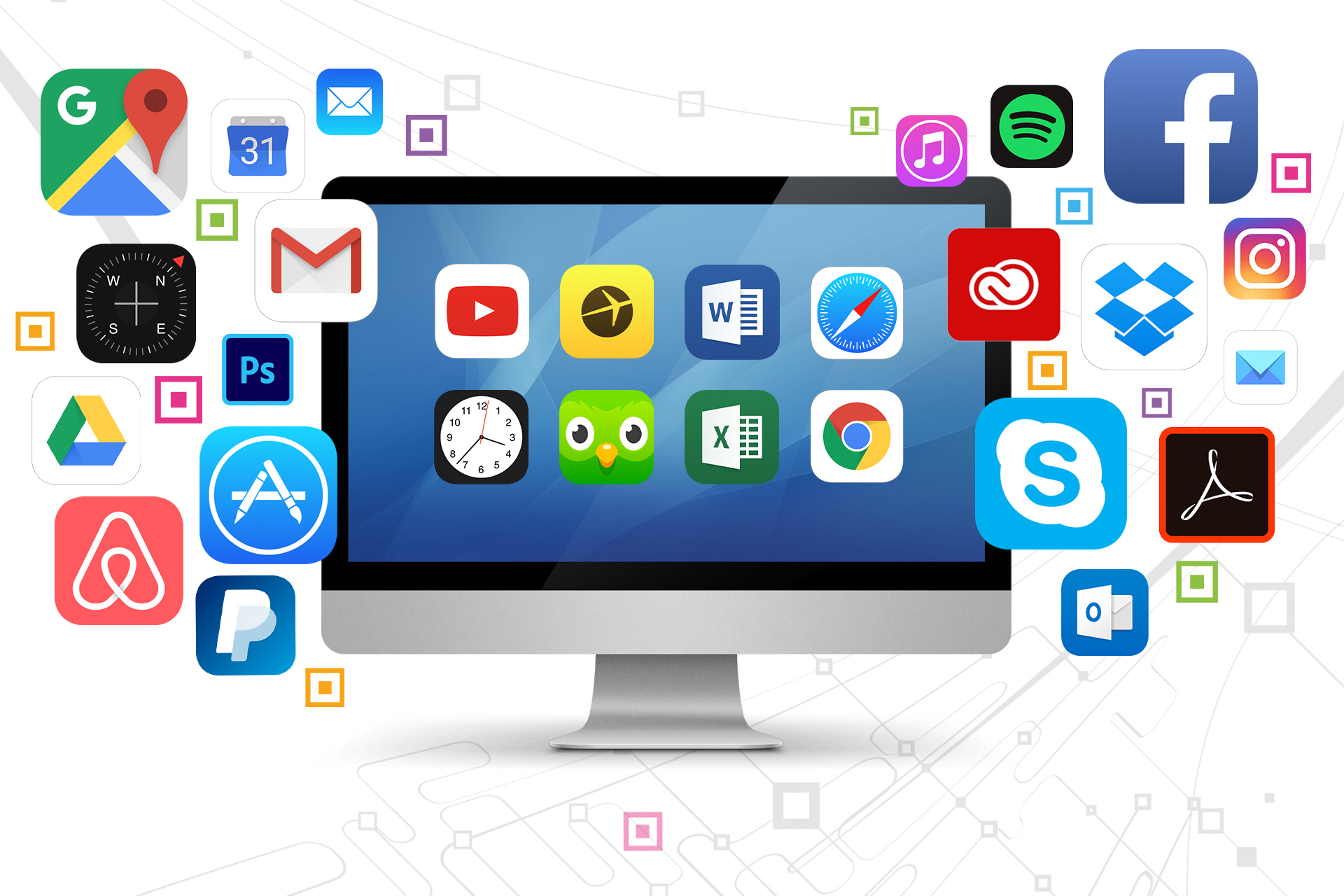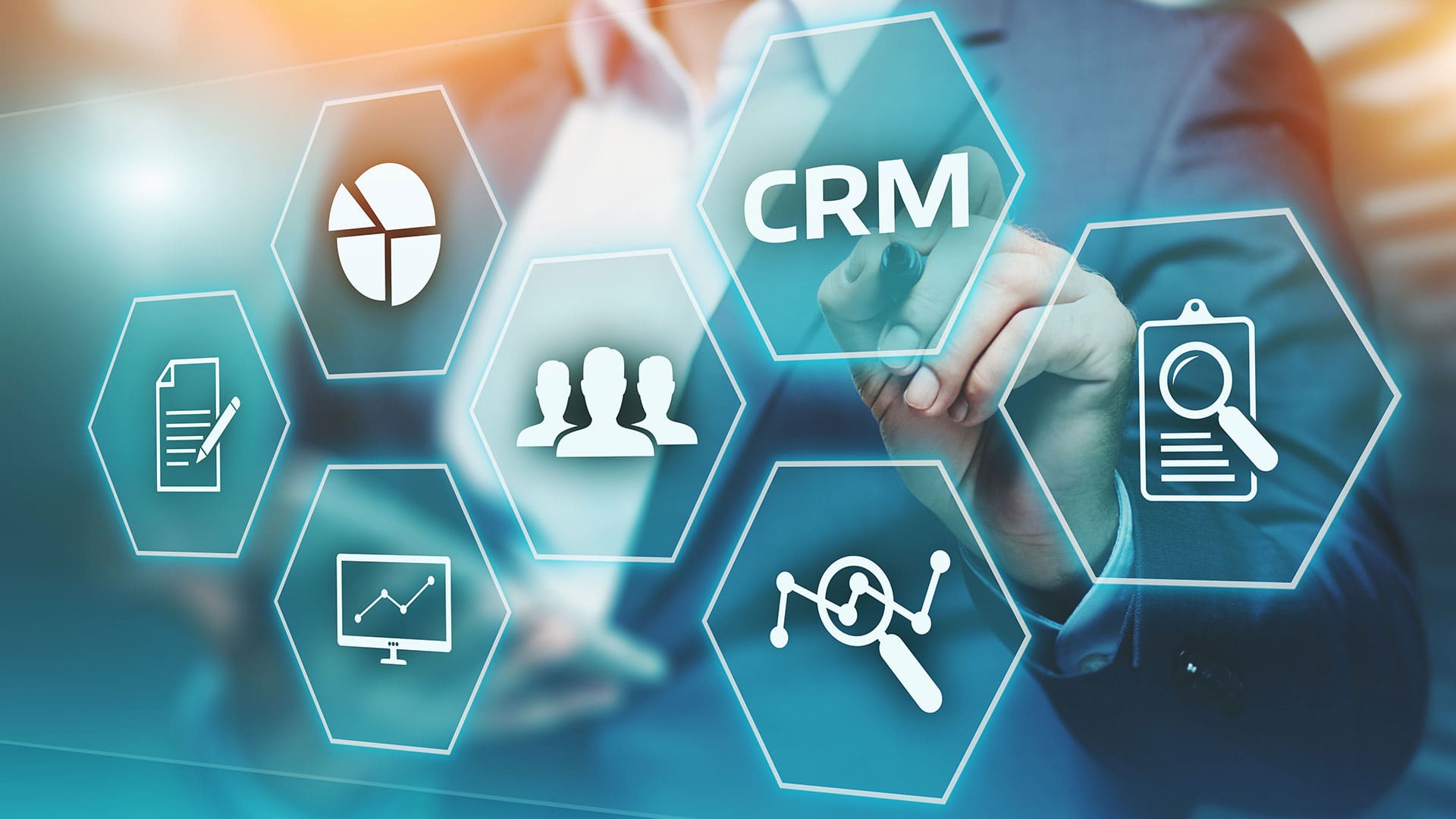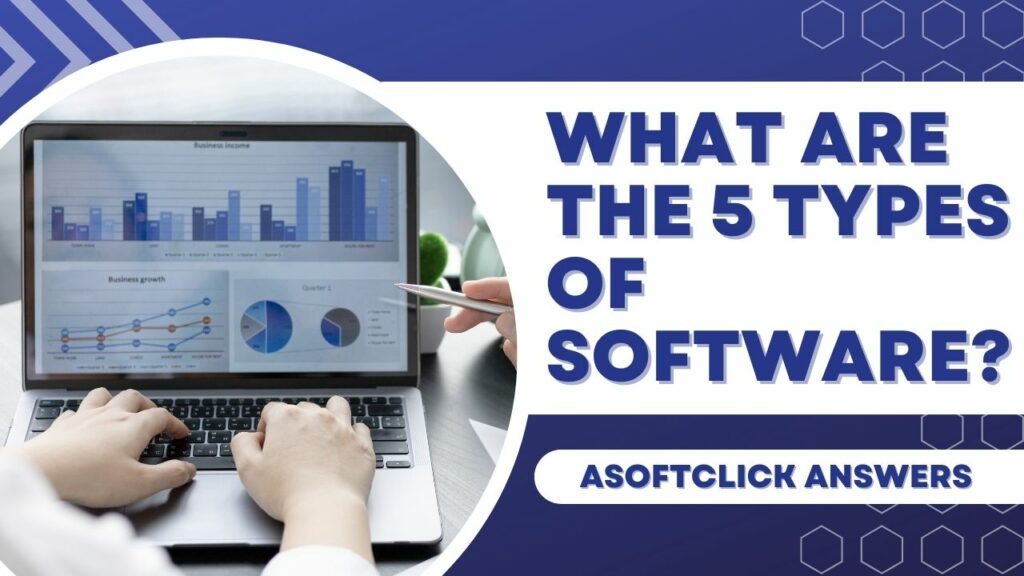 Within the ever-changing field of technology, software is essential in molding our digital encounters. Software is the engine of modern innovation. It is in everything from the tiniest apps on our smartphones to intricate systems powering entire industries. As conscious tech users, it’s important to comprehend the several categories of software. This is important for us to traverse this complex world. This article explores the complexities of software diversity and identifies the five basic categories that form the foundation of the digital world. Whether you’re an inquisitive user or a tech enthusiast, come along on an exploration to discover the fundamentals of software and learn about its complexity. Most importantly, we’ll be answering the question “What are the 5 types of software?” to help you figure out which kind of software is best for your business or organization.
Within the ever-changing field of technology, software is essential in molding our digital encounters. Software is the engine of modern innovation. It is in everything from the tiniest apps on our smartphones to intricate systems powering entire industries. As conscious tech users, it’s important to comprehend the several categories of software. This is important for us to traverse this complex world. This article explores the complexities of software diversity and identifies the five basic categories that form the foundation of the digital world. Whether you’re an inquisitive user or a tech enthusiast, come along on an exploration to discover the fundamentals of software and learn about its complexity. Most importantly, we’ll be answering the question “What are the 5 types of software?” to help you figure out which kind of software is best for your business or organization.
What is a Software?
Before we discover what are the 5 types of software, we first need to define what a software even is. Software is, by definition, a collection of data, programs, procedures, instructions, and documentation that carry out certain preset activities on a computer system. It is also sometimes referred to as S/W or SW. Users can communicate with the computer thanks to it. A computer system’s software comprises any script, application, or program that is operating on it. It consists of programs, libraries, and related non-executable data, like online documentation and digital media. Both computer software and hardware are dependent on one another and cannot function alone. Modern computing systems are now flexible and controlled by the combination of hardware and software. Computers wouldn’t be useful without them.

For example, you cannot browse the Internet without the assistance of your web browser. In a similar vein, your computer cannot run any application without an operating system. These days, we use a variety of apps for different daily tasks, such as Google Maps, online shopping, online meal ordering, instant messaging, payment apps, and more.
How does software work?
How does software operate precisely? It’s simply another word for a computer program, which is a collection of instructions that specify how to operate a device. The computer can understand the code used to write those instructions. Logic and the idea of input over to process and then output are the foundational ideas of all software. For the software to function, it requires input or information. Consider pressing a phone button. Then, using a set of guidelines, it poses a series of questions. Should the button, for instance, cancel an order or print an invoice? The result is the output. The invoice emerges from the tray as your printer whirrs into action.

What are the 5 types of software?
1. Operating Systems (OS)
The most well-known example of system software that serves as a conduit between the user and system hardware is the operating system. It is a collection of software that manages program execution and provides general support for computer applications. There are a multitude of operating system varieties on the market, including embedded, real-time, distributed, single- or multi-user, mobile, Internet, and several more.

Of all the system software, operating systems are the most significant. An operating system is a piece of software that regulates the functionality of your hardware, including memory, processes, and any other software and hardware on the computer. Every operating system, regardless of complexity, has some benefits and drawbacks. For instance, despite some notable enhancements, Windows 10 and Windows 8.1 are remarkably similar. You can also install more add-ons and software applications to improve your experience.
2. Application Software
Application programs are often known as application software. In essence, they are computer programs designed for end users with the primary goal of offering them particular features. Applications help users complete a wide range of tasks. These include researching online, taking notes, creating images, handling money, viewing movies, creating documents, playing games, and much more. As a result, businesses create a large number of software applications each year in response to customer needs and demands. The application software may be specific to meet the needs of business collaboration, or it may have a general purpose in mind.

There are many different kinds of application software on the market today. Many use word processors for data entry, note-taking, and documentation. It also facilitates data formatting and storing for end users. Additionally, they let users print their documents. A vast amount of data may be easily created, managed, changed, and arranged with database software. Database Management System is another term for database software (DBMS). Companies can better organize their data with the aid of such software.
3. Utility Software
The purpose of utility software is to support system analysis, optimization, configuration, and upkeep. It provides infrastructure support for computers. They concentrate on the operation of an operating system and then determine how to optimize system performance. Utility tools include disk cleanup and management programs, antivirus software, compression programs, defragmenters, and more. Moreover, utility software assists in achieving stability. It keeps your machine operating smoothly and prevents damage from misuse.

4. Programming Software
How do programs get created? Utilizing programming software is the solution. The majority of the code is in English and uses a certain grammar or structure. The next step is to translate high-level programming languages into machine code. To do this, programmers need a different kind of software known as a compiler. A program that helps programmers and software developers create, debug, and manage other programs and applications is programming software, sometimes referred to as a programming tool or software development tool. Though this is debatable, some call programming software as a subset of system software.

Although plain-text editor apps allow you to write in computer languages like Java or PHP, more feature-rich, industry-standard applications are available. Software for programming includes interpreters, debuggers, compilers, and assemblers, among others. They are all combined into integrated development environments or IDEs. One feature of IDEs is the ability to show code faults. They also have built-in compilers and show off the functionality of the app before putting it through a phone test. In a basic text editor, finding a bug across hundreds of lines of code is nearly impossible. However, an IDE makes things simpler, which leads to more robust software and a shorter development time.
5. Entertainment and Multimedia Software
Users can play, generate, or record video, music, and image files with this software. Multimedia software is extensively used by various graphic design firms to create animation, pictures, articles, packaging, marketing creatives, gifs, and even video editing. Every software product development company has many opportunities to create and upgrade them because of their popularity and rising demand.

Important Features of System Software
1. High Speed
System software is in charge of managing the CPU, RAM, display, CD-ROM, printer, floppy disk drive, keyboard, and mouse, among other things. The operating system software that powers the computer collaborates closely with the system software. In the event that the system software malfunctions, the entire computer could get corrupted. Thus, system software must have a high-speed function.
2. Versatile
The number of programs system software can run simultaneously determines how versatile it is. Microsoft Windows would be a prime example. Windows is capable of running hundreds of apps, including games, video editing, audio recording, photo processing, and much more. The majority of these apps are free to use, but depending on the downloaded version, some may cost money.
3. Hard to Manipulate
The complexity of altering configurations and settings determines the difficulty of controlling a system’s software. With their intuitive interfaces, many contemporary systems let users customize them to their liking. On the other hand, a newbie can want assistance to find out how to accomplish a task if the design calls for sophisticated expertise.
4. Close to the System
The accessibility of system software depends on how close it is to the system. The system software is independent if it is in a different location. Being independent entails not having a connection to the system and being unable to access any files that remain there. Conversely, a dependent system is inside the computer itself. Compared to independent systems, dependent systems take up less space.
Why does a computer require different types of software?
Several kinds of software are essential for a computer to perform a variety of jobs and functions effectively. These many software subcategories fulfill certain functions. Doing so guarantees the computer’s adaptability and usefulness for a range of applications. As the core software, the operating system controls hardware resources and offers a platform on which other applications can run. Word processors and web browsers are application software that helps users carry out particular tasks. System utilities and applications enhance and preserve the integrity of the machine. While programming software helps developers create apps, device drivers help with hardware connection. Device functionality and inter-component communication depend on middleware and embedded software, respectively.

What are the different types of Enterprise software?
ERP software is for corporations to use as opposed to private consumers. Many also know it as enterprise software or enterprise application software. Enterprise software allows organizations to run, grow, and improve their daily operations and processes in addition to developing their own proprietary applications.
Most firms make use of enterprise software. Many see it as a one-stop solution to accelerate workflow, as well as to eliminate human error, and manually process information. There are several types of enterprise software, and they streamline business processes and issues.
1. Enterprise resource planning software (ERP)

A lot of major firms adopt ERP software to make long-term planning and day-to-day operations more efficient. It is the software that facilitates simple flow and exchange of data between departments. As soon as data is in the ERP, it is accessible to everyone in the firm. You may increase your operational intelligence using contemporary ERP solutions, which will improve both your performance and client service.
2. Software for Customer Relationship Management (CRM)

Any form of business might suffer greatly from the last-minute loss of a potential client. By delivering superior services and cultivating stronger relationships, CRM software aids in client retention. It assists in effective text messaging, sales calls, or email marketing and integration.
3. Software for Content Management Systems (CMS)

A CMS manages your digital website’s material. Excellent CMSs make sure that it may be wisely kept in a database. Moreover, it enables several users to edit, produce, or publish content from any location. Investing in a content management system (CMS) can reduce costs and time as it eliminates the need to pay web developers for content updates.
4. Software for Business Intelligence (BI)

You may obtain information from dependable sources like HR, sales, marketing, and more with business intelligence software. To assist managers in identifying trends and patterns in complex data, the system makes use of graphs, models, and charts. Teams in charge of marketing, supply chains, operations, and finance employ the bulk of self-service BI solutions.
5. Software for Human Resource Management (HRM)

Managing an organization’s internal HR operations, including talent management, hiring, employee engagement, training, payroll, and more, is the goal of human resource management software. You decrease the potential for errors as a result and enhance judgment as an effect.
Different categories of software with project management?
You can assign tasks to PM in two different methods. Build a design document, then designate a PM for that build. Give the PM access to prototype software. Additionally, you must determine if you wish to do the following:
- Automatically Develop
- Only do Sequels
- Single IP
- Employ Owner Permits
These decisions will determine the future course of action for the teams regarding the mentioned development.
Conclusion: What are the 5 types of software?
We have discovered a wide range of technological wonders by answering What are the 5 types of software? The variety of software is both fascinating and essential to our everyday lives. They range from operating systems, which serve as the foundation of our gadgets, to application software, which meets our particular demands. As we approach the end of our tour across this software ecosystem, it is clear that these categories are always expanding due to the way technology is developing. Gaining a more profound comprehension of software enables us to confidently traverse the digital landscape, creating an environment where invention has no boundaries.





